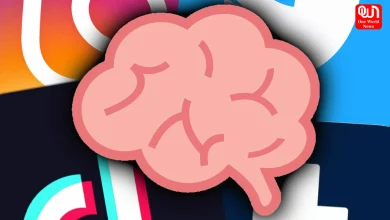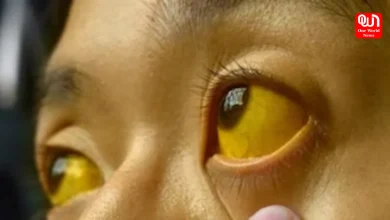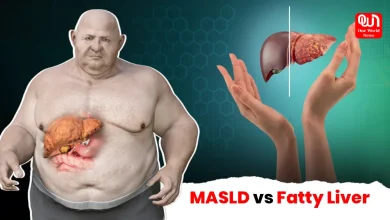Understanding Migraine Attacks: The Complex Brain Processes Involved Explained
The neurological condition called migraine creates severe brain-based difficulties which affect multiple millions of people throughout the world.
Understanding Migraine Attacks: The Complex Brain Processes Involved Explained
The neurological condition called migraine creates severe brain-based difficulties which affect multiple millions of people throughout the world. Scientists have not yet discovered all the mechanisms which cause migraines though these conditions commonly occur throughout the population. Research studies have revealed brain modifications that occur when migraines strike people.
The brain sets off various physiological processes through chains of reactions after someone experiences a migraine trigger such as stress or hormonal modifications or food exposure. When migraine arrives it activates the trigeminal nerve that starts from brain to face and transmits pain information through the body. The action of activating the trigeminal nerve causes brain blood vessels to dilate through chemical release which results in tissue inflammation and pain sensation.
Perpetuation of the migraine activates brain pain processing centers which release serotonin and calcitonin gene-related peptide (CGRP). Diminishing brain functions occur through the release of these chemicals thereby intensifying pain symptoms and swelling that develop into an unbreakable cycle.
Read more: Identifying Developmental Delays in Children Under Five Years Old
Brain imaging techniques have demonstrated that migraines produce changes in brain signals which affect regions that process pain located within both the insula and anterior cingulate cortex. Research shows that migraine headaches produce abnormalities in brain blood flow and vascular structures responsible for light and sound sensitivities which characterize migraine symptoms.
Efforts for developing proper migraine treatments need to focus on uncovering the intricate mechanisms that drive this condition. Triptans and ergots represent current migraine treatments which reduce blood vessel size and block pain signals in the body. The available treatments for migraines show limited success and produce substantial side effects in patients. Further studies must pursue the creation of precise migraine treatments while enhancing our knowledge about this intricate health issue that causes major disability.
We’re now on WhatsApp. Click to join.
Like this post?
Register at One World News to never miss out on videos, celeb interviews, and best reads.








